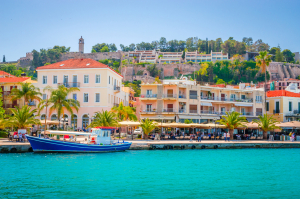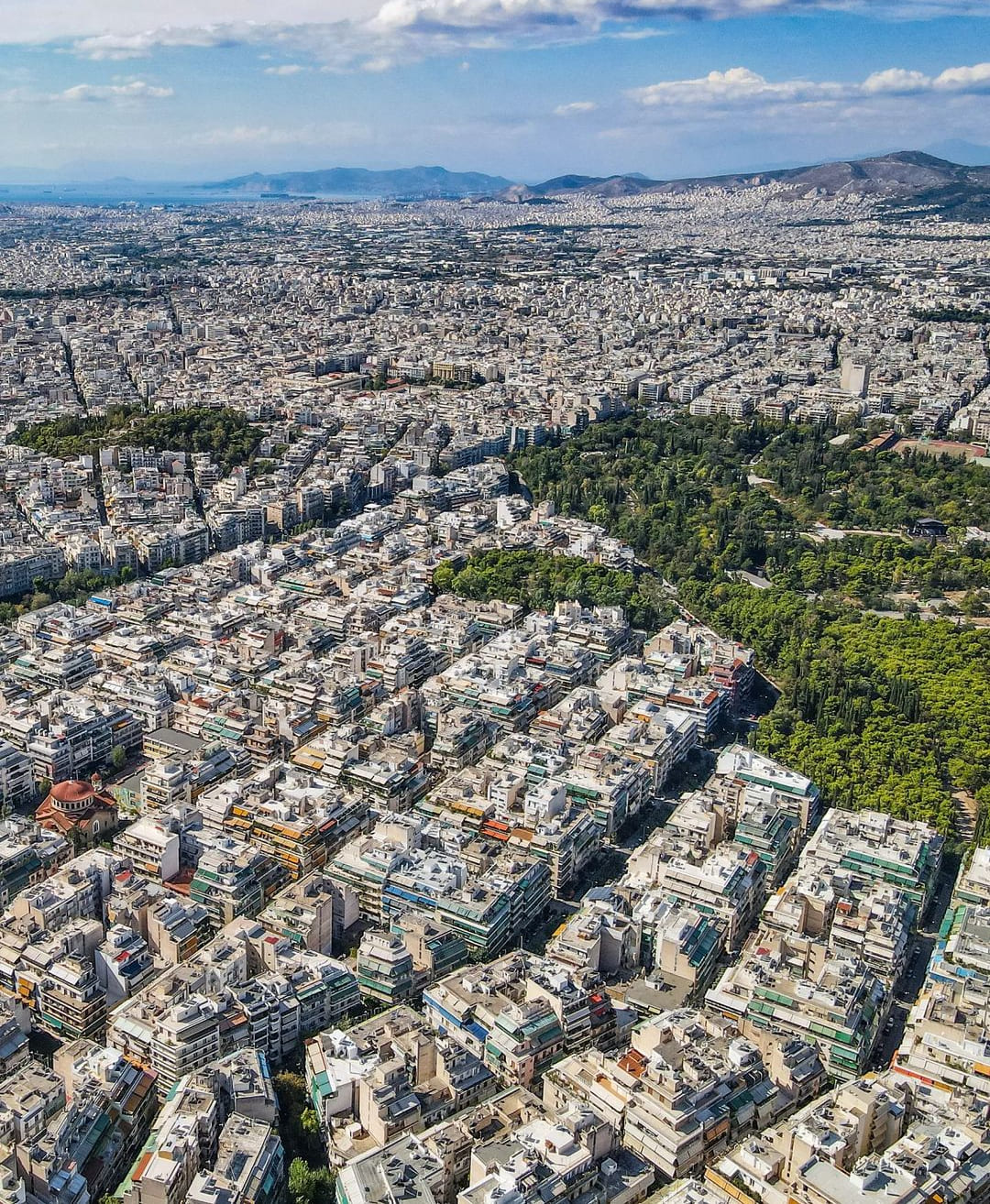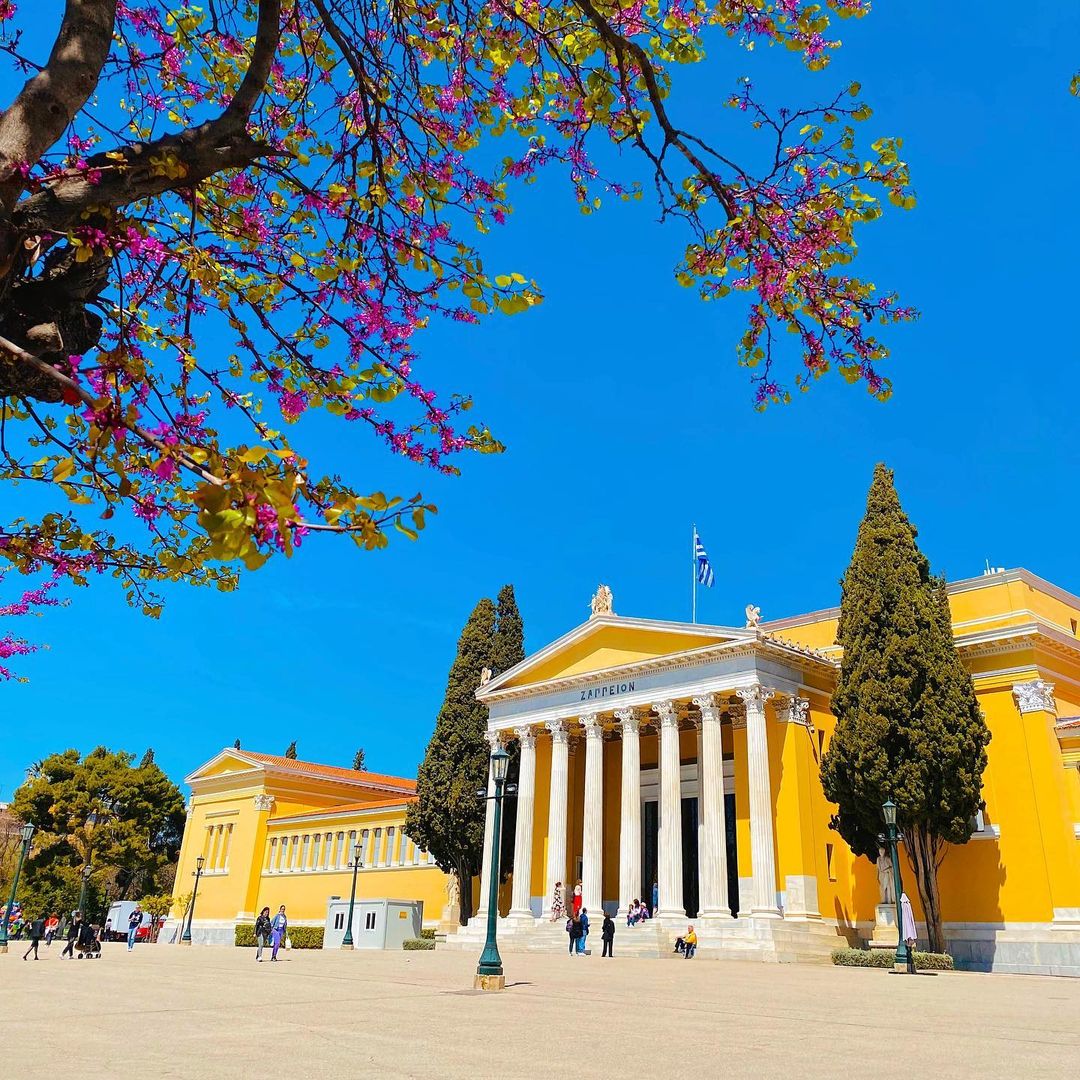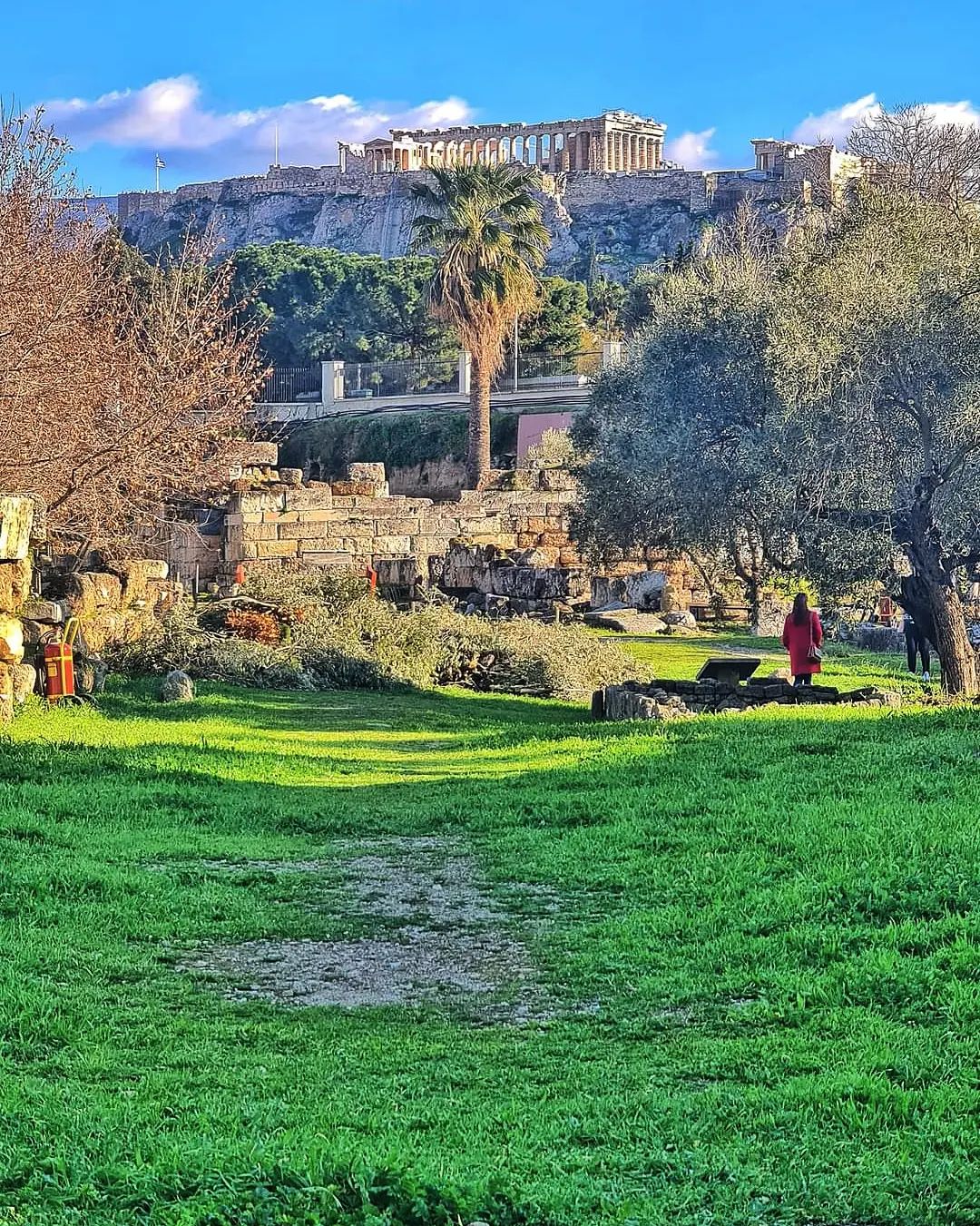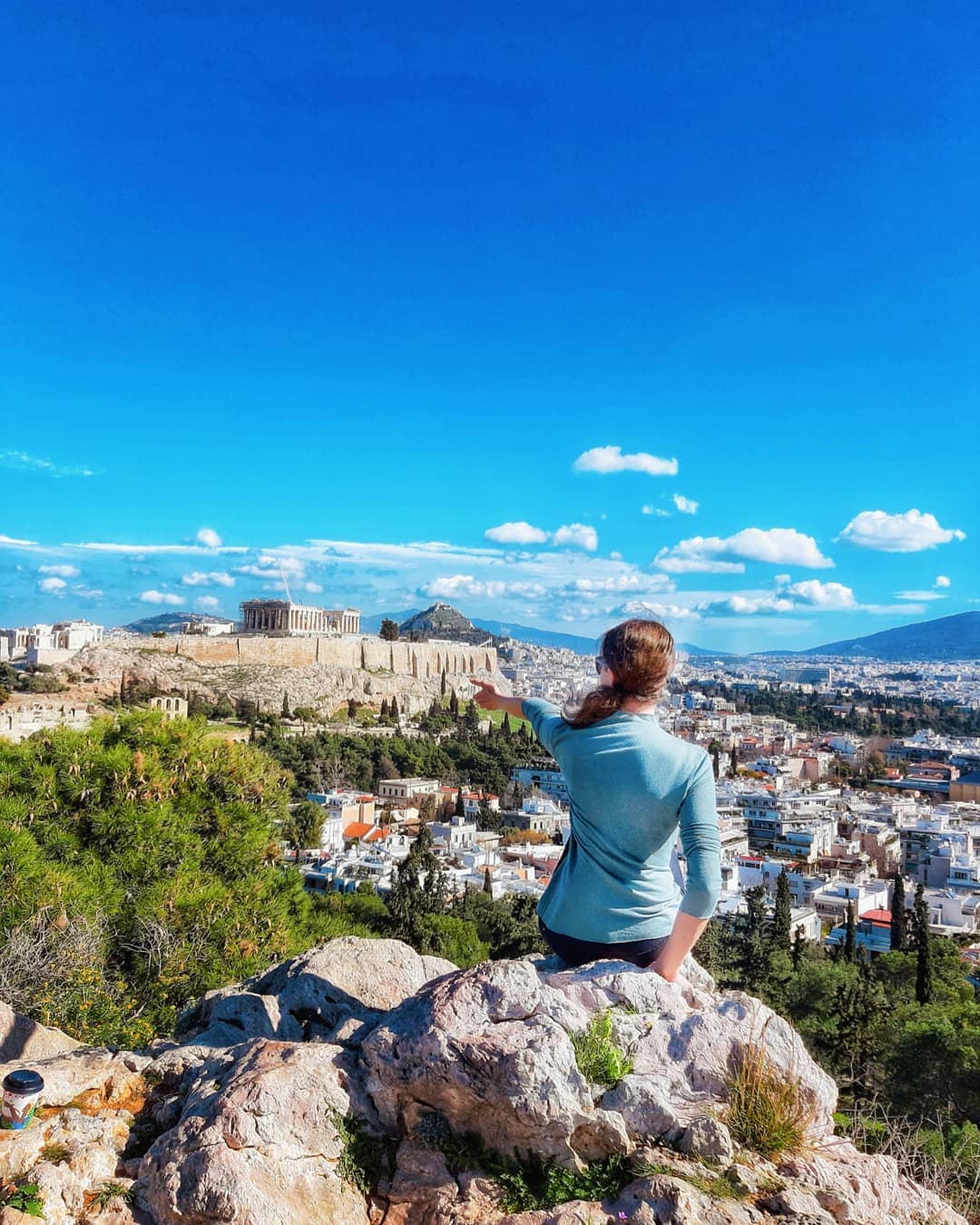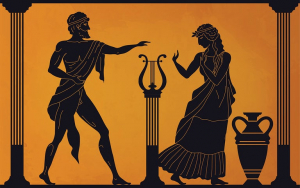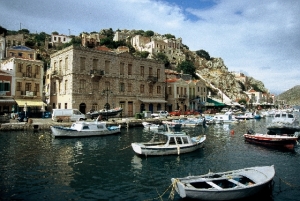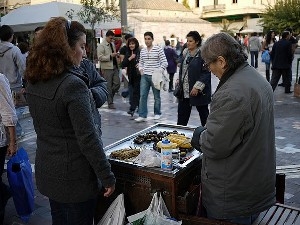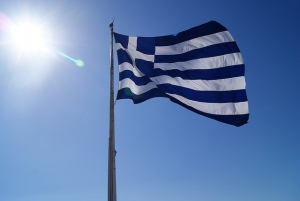Greek mythology is full of fascinating stories about gods, heroes, and mythical creatures. While many people are familiar with the likes of Zeus, Hercules, and Medusa, there are plenty of lesser-known facts that make Greek mythology even more intriguing.
Here are some surprising things you might not know about Greek mythology!
1. Zeus Wasn’t Always the Supreme God
While Zeus is often considered the king of the gods, he had to fight for his throne. He overthrew his father, Cronus, who had swallowed his siblings out of fear of being overthrown himself. After rescuing his brothers and sisters, Zeus waged a decade-long war against the Titans before claiming his rule over Mount Olympus.
2. The Trojan War Started Over an Apple
Most people know that the Trojan War was sparked by the abduction of Helen, but fewer know that it all started with an apple. Eris, the goddess of discord, threw a golden apple labeled “For the Fairest” among the goddesses Hera, Athena, and Aphrodite. Their dispute over who deserved it led to the Judgment of Paris, where Paris of Troy chose Aphrodite in exchange for Helen’s love—ultimately triggering the legendary war.
3. Hades Wasn’t the God of Death
Many assume that Hades, ruler of the underworld, was also the god of death, but that role actually belonged to Thanatos, a lesser god. Hades oversaw the afterlife and ensured the dead remained in his realm, but he wasn’t responsible for taking lives. Unlike other gods, he also wasn’t considered evil—just misunderstood.
4. Athena and Poseidon Had a Major Rivalry
Athens is named after the goddess Athena, but it could have been called Poseidonia. According to myth, Athena and Poseidon competed to be the patron deity of the city. Poseidon offered a saltwater spring, while Athena gifted the olive tree, which was more valuable to the people. The citizens chose Athena, and the city was named in her honor.
5. The Underworld Had Different Sections
The Greek underworld wasn’t just a gloomy pit of despair. It had multiple areas:
-
Elysium – A paradise for heroes and the virtuous.
-
Asphodel Meadows – A place for ordinary souls who weren’t exceptionally good or bad.
-
Tartarus – A deep abyss where the wicked were punished, including the Titans. This complex afterlife system showcased how Greek mythology viewed justice beyond the mortal world.
6. Medusa Wasn’t Always a Monster
Medusa, famous for turning people to stone, was originally a beautiful mortal. According to one version of the myth, she was transformed into a Gorgon by Athena as punishment after being assaulted by Poseidon in Athena’s temple. This tragic origin story makes Medusa a more sympathetic figure than just a terrifying villain.
7. Hercules’ 12 Labors Were a Punishment
Hercules, or Heracles in Greek, wasn’t just a hero by choice—he was atoning for a terrible crime. Driven mad by Hera, he killed his own wife and children. Seeking redemption, he was given twelve nearly impossible labors, such as slaying the Nemean lion and capturing the Cerberus, the three-headed dog of the underworld.
8. The Gods Had Their Own Love Dramas
Greek gods were notorious for their love affairs, and these relationships often caused chaos. Zeus had countless affairs, often resulting in the birth of demigods like Perseus and Hercules. Aphrodite, despite being married to Hephaestus, had a well-known romance with Ares, the god of war. These divine dramas shaped many myths and legends.
9. There Were Female Warriors Like the Amazons
The Amazons were a fierce tribe of warrior women, believed to have lived on the edges of the known world. They frequently appeared in Greek myths, battling heroes like Hercules and Theseus. In some versions, they were said to cut off one breast to better wield a bow, though this detail is debated.
10. Prometheus Gave Humans More Than Fire
Prometheus is famous for stealing fire from the gods and giving it to humanity, but he also played a major role in shaping civilization. According to myth, he taught humans architecture, medicine, astronomy, and even writing. His punishment—being chained to a rock where an eagle ate his liver daily—shows the gods’ fear of human advancement.




